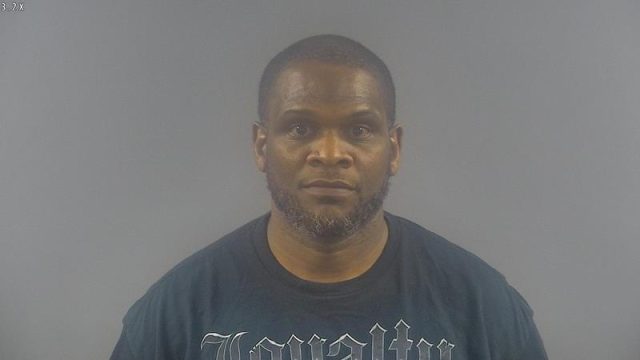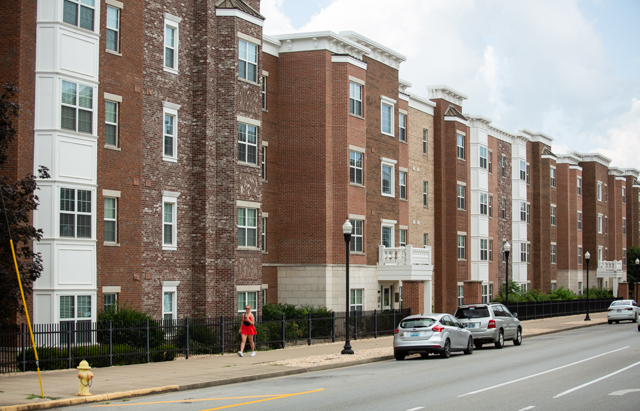Thermal imaging device adds safety margin
Published 12:00 am Thursday, January 22, 2004
Its like walking through a fire with your eyes open instead of closed. It makes that much of a difference, firefighter Tim Cornett said, holding up one of Bowling Green Fire Departments six Bullard thermal imaging cameras.By February, the city will provide the department two more thermal imaging cameras, which allow firefighters a clear, black-and-white view of their surroundings. The cameras have special sensors to detect heat sources, and since the city first purchased the technology in January 2001, Cornett said it has changed the way we fight fires. Thats why city officials dont mind the purchase, though the price will likely fall in the range of $17,000 per camera.Its a safety item, to be able to rescue people and also help protect your own personnel, Chief Financial Officer Dave Cooper said. The fire may be right above them and they wouldnt even see it, and thats where these thermal imaging cameras come in.The departments six cameras are manufactured by the Cynthiana-based Bullard company, but a recent product test among local firefighters garnered support for Scotts Eagle Imager 160. All newer camera models are smaller, more lightweight and the Eagle 160 has an adjustable eye lens.Bowling Green Fire Capt. John Ellis said although Bullard and Scott are the two front-runners in the bidding wars, the city is also considering two other companies, ISI and MSA. Also on the horizon for the fire department is the purchase of a new rescue pumper. The truck is expected to arrive within a year, and will allow the departments 1989 model to go into reserve status. The departments current reserve pumper, used only in emergency situations, dates back to 1977. For now, however, firefighters are looking forward to the two new cameras. Its almost magical because you can see through smoke, you can see someone over there lying down and you can see the path where someone has crawled. Its just an amazing life-saving tool, Cornett said. He demonstrated the heat-sensitive technology by placing his hand on the side of the fire truck. In the cameras viewfinder window, Cornetts handprint stood out as a light spot against a dark background. Bowling Green Fire Chief Gerry Brown said the same sort of image appears when the camera is used to determine the hottest parts of a wall. Though the wall may appear perfectly normal to the naked eye, the cameras show if it is concealing a fire. Brown said the cameras were helpful the first time local firefighters used them in a structure fire. A plan to climb stairs to the buildings second floor was altered when thermal imaging cameras revealed a fire halfway up the staircase. The firefighters instead used a ladder and window to access the second story from outside, which proved to be a much safer alternative.Before we had these, we had to do a lot more taking out walls and ceilings to find hidden fires, Brown said. These help us see the layout of the room a lot better too. What they have done is given us our vision back. I look forward to the day when it is on the face mask and everybody has one. It is that important.






